Yay! You’ve survived 9-10 months of pregnancy and labor and now it’s time to bring your newborn home. Now what?
Most parents prep for labor and delivery, however, there is not much emphasis put on what happens when you bring the baby home. There are so many things to know – poop and sleep schedules, feeding, how to recognize what your baby’s cries mean, what milestones are they supposed to hit!? If you’re expecting your first child or just had a newborn, don’t fret. We’ve put together this very informative blog post to get you prepped on what you can expect and should look out for during the first few weeks of life at home with a newborn.
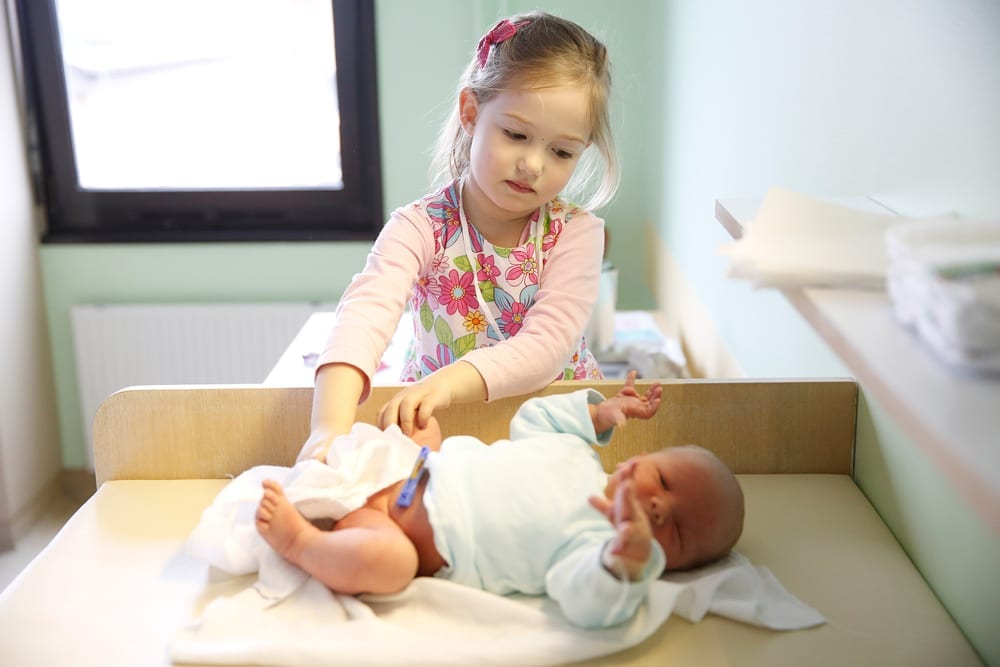
Heading Home
By now we’re sure you’ve packed your hospital bag (if not, get on it!). We suggest taking the approach of less is more when packing a baby’s going home outfits. A simple onesie, swaddle, hat and socks work perfectly. If you’re in cooler weather then feel free to pack extra blankets to keep your baby warm, but that is really all that you need!

Traveling Home In The Car
Get ready for the car ride home by installing your car seat base and car seat a few weeks before your expected due date in case the baby comes early. Make sure you’ve read the instructions for the car seat and know how to safely buckle your babe in!
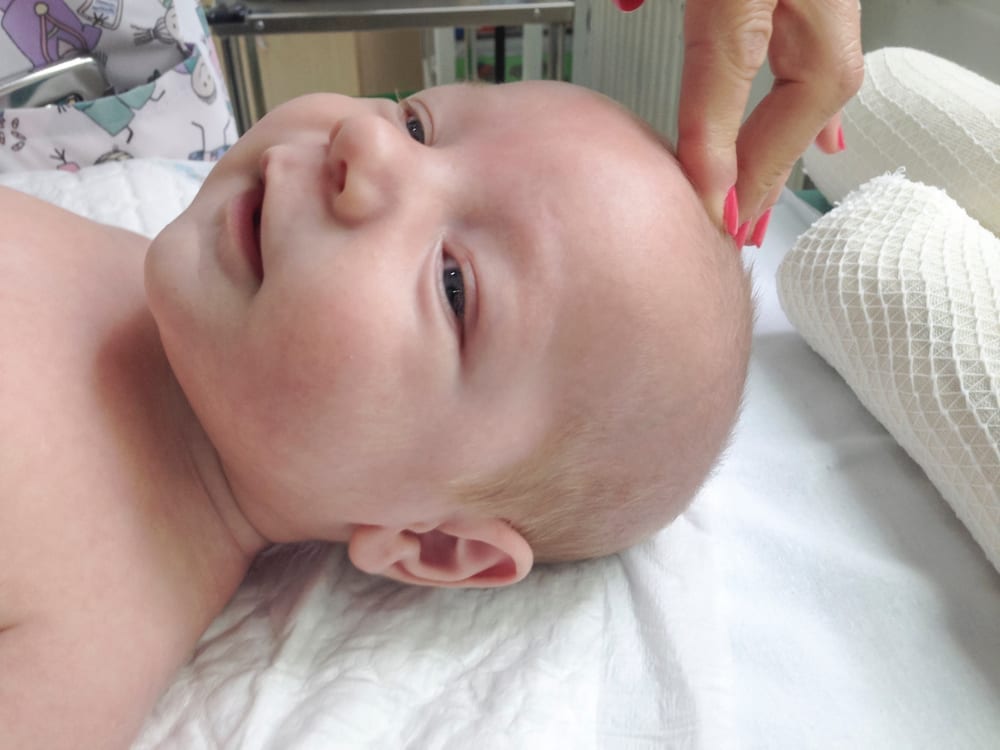
Know the Baby Body Basics
Soft Spots
Your baby has two soft spots on the head – one at the top and the other on the back. These are the points of the skull where the bones haven’t grown together yet (so he or she can get through the birth canal). It sounds scary but there is a membrane protecting the soft spots of the skull so there is no real risk in hurting your baby when holding him or her, just be careful when others are handling your baby or younger siblings want to touch the baby’s head.

Nails!
You’ll want to trim your baby’s nails with infant-size clippers while the baby is sleeping or feel free to bite them off yourself. Because their nails are so small and grow very quickly, be sure to trim them up to twice in a week. You can smooth out any rough edges with a soft emery board to prevent your baby from scratching him or herself.
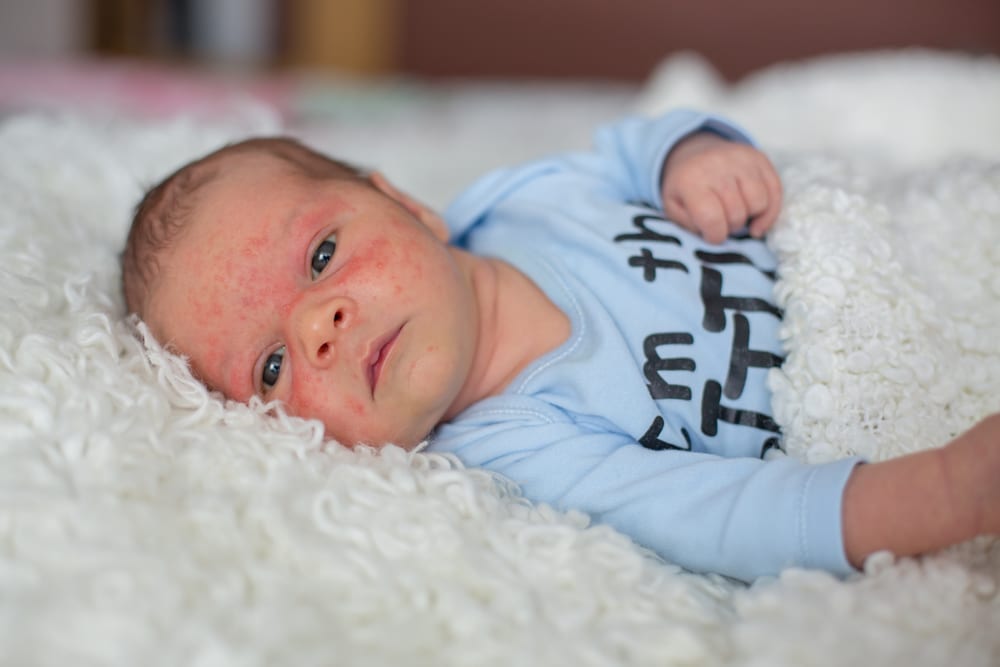
Baby Acne is Normal
Your baby’s body is regulating its hormones after being inside the mom’s womb for months, and also through breast milk. This may result in baby acne which looks like red bumps on his or her face. Don’t pick or pop these bumps, simply wash the face with warm water and pat dry. If it persists past a few weeks, be sure to check in with your provider.

Eyes may appear crossed
During the first six months of life, baby’s eyes can drift if he or she is sleepy or focusing on something very close. Don’t be alarmed! This is normal. However, you should talk to your doctor if they get stuck or make any odd windshield-wiper-like motions.
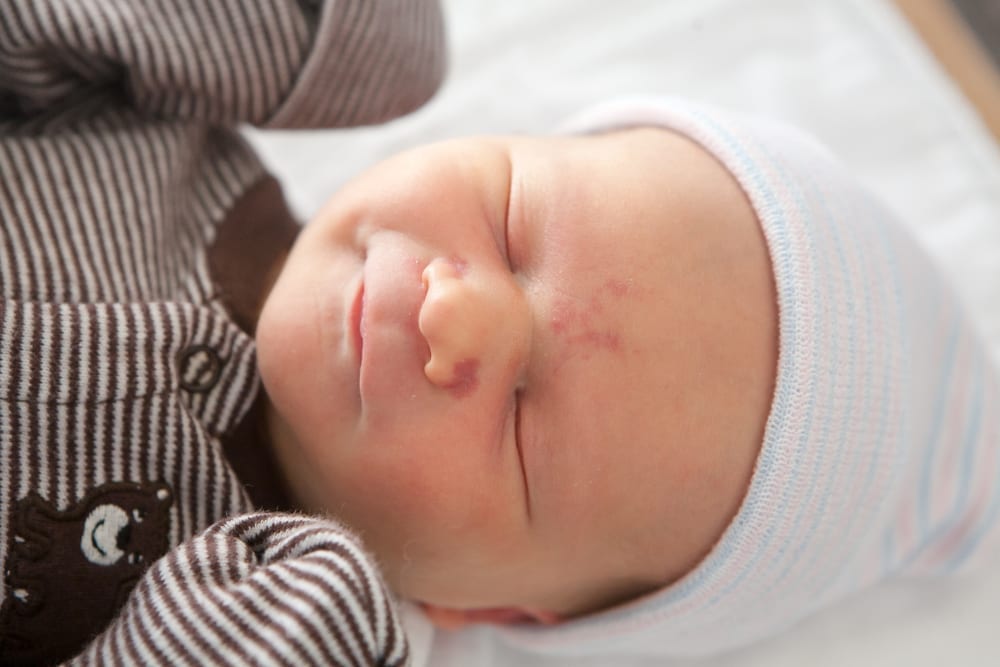
Baby Develops Birthmarks
Birthmarks, or stork bites, can appear on baby’s nose, eyelids or back of the neck. These are normal and most disappear within 18 months. If the baby is crying or changes temperature, the spot may darken. If something appears as not normal, check with your doctor. If your doctor isn’t concerned, then there is nothing to worry about!
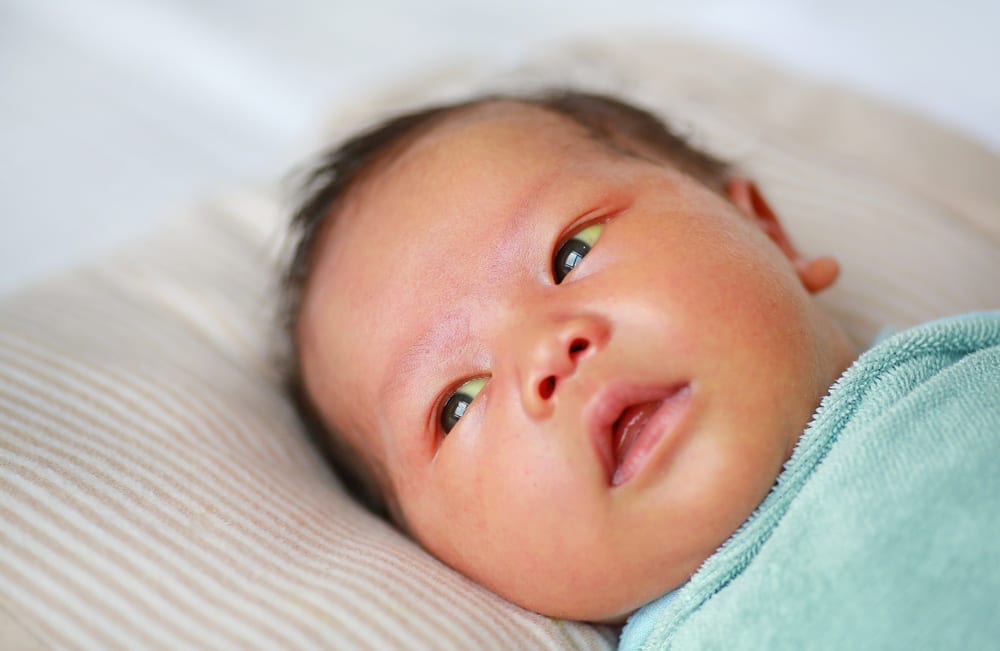
Watch for Jaundice
Some babies will develop a yellowing of the skin and eyes in the first week of their life. It is fairly common and tends to go away on its own in two to three weeks after birth as your baby’s liver matures. You will want to make a trip to the doctor if you notice any jaundice, so pay close attention to the tone of your baby’s skin and eyes.
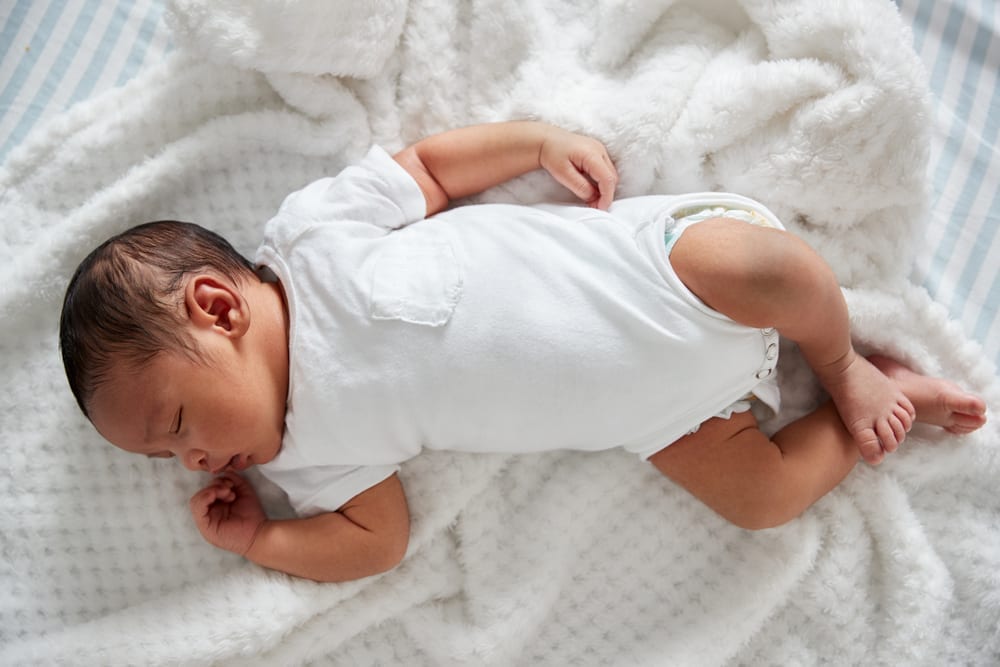
Keeping Baby Comfy
Don’t Over Layer Baby
It is always a good rule of thumb to put the baby in one extra layer than you’re comfortable wearing. If you’re ok in a t-shirt, put the baby in a onesie with a swaddle blanket.

Learn Baby’s Cries
Over time you’ll be able to decode your baby’s cries. Watch closely and listen so you’ll learn what your baby is trying to tell you. I’m hungry is rhythmic and repetitive. If your baby is in pain it is louder and more intense.
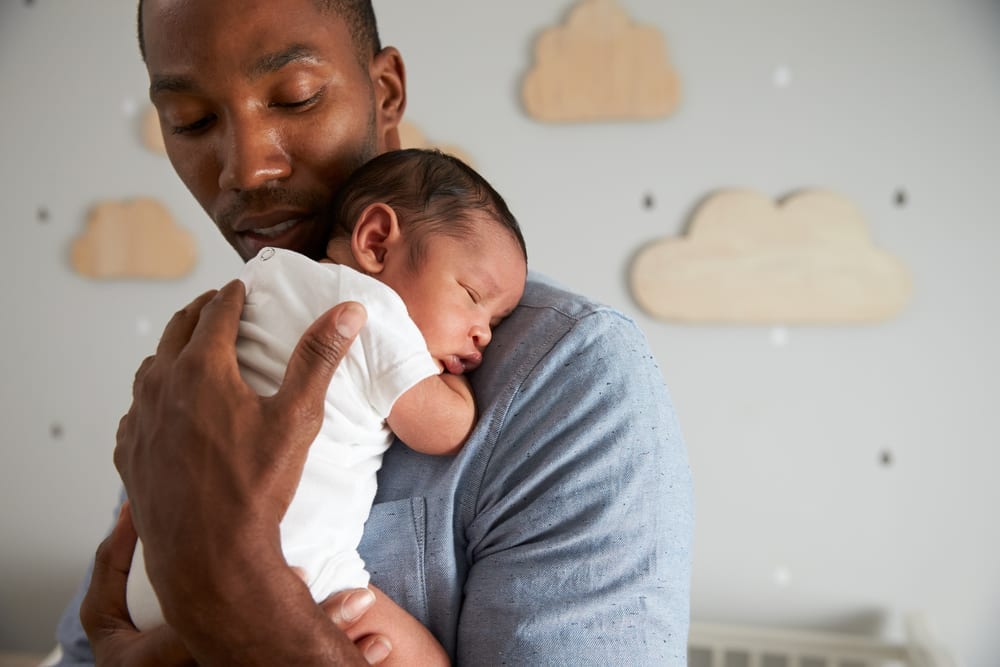
Hold the baby properly
You’ll want to make sure that when you or someone else is holding your newborn that their head and neck are always supported.
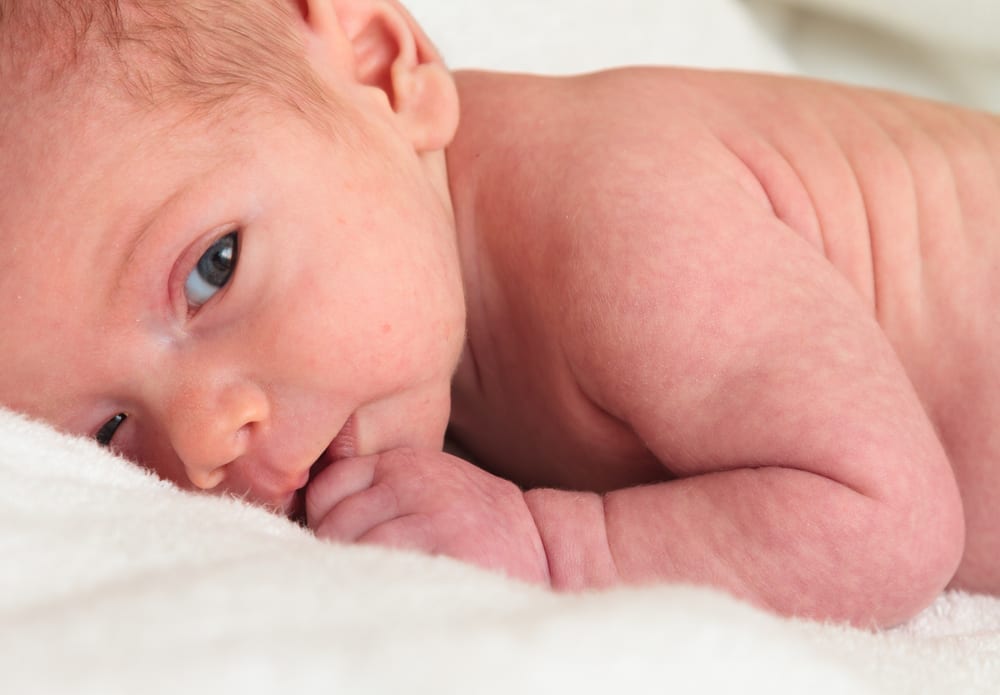
Tummy Time
Babies spend a great amount of time on their backs, but it is important to develop other muscles in their neck to support their head on their own. To give those other parts a workout, make sure your baby is spending a little bit of time each day on their tummy. You can lay down something soft on
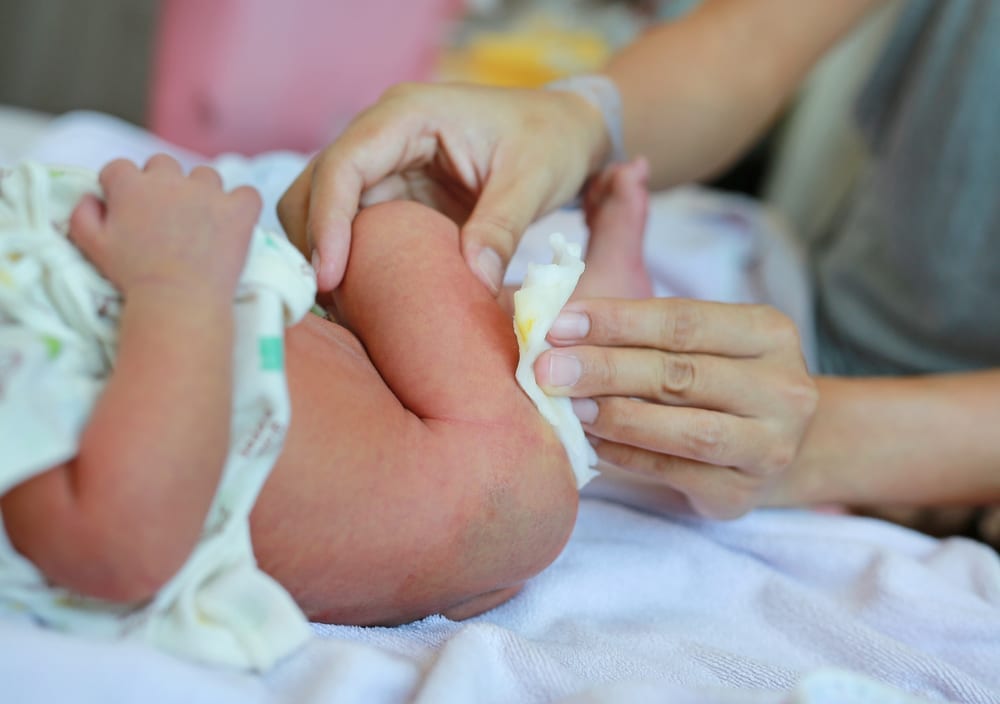
Baby Poop 101
First Poops
The first poops contain a stool called meconium which is composed of materials ingested during the time the infant spends in the uterus. It is black and tarry but do not be alarmed – this is very normal and healthy! We suggest spraying some coconut oil on the baby’s bottom to help the meconium slip right off. If not, you’ll be left with a very sticky mess!
Pay Attention to Color
Breastfed babies will have a poop that is the shade of mustard yellow and doesn’t really smell. Formula fed babies will have poop that is yellow to brown or green and will be much stinkier than breastfed babies. Keep an eye out for poop with shades of red or black (except for the first few) or white which are all warning signs and you should alert your pediatrician immediately.
Pooping is animated
Pooping is a new thing that babies are learning how to do, so don’t be alarmed if your baby is grunting, crying or turning red when he or she poops. They’re just getting used to how their body works! Once they’ve got it down, they won’t be quite as loud about it.
Poop Frequency Varies
Some babies will have a few dirty diapers a day, while others only have one. Breastfed babies will poop almost after every feeding, so prepare for lots of diaper changes.
Hopefully, this guide will help you feel more calm and confident about bringing home your newborn baby!


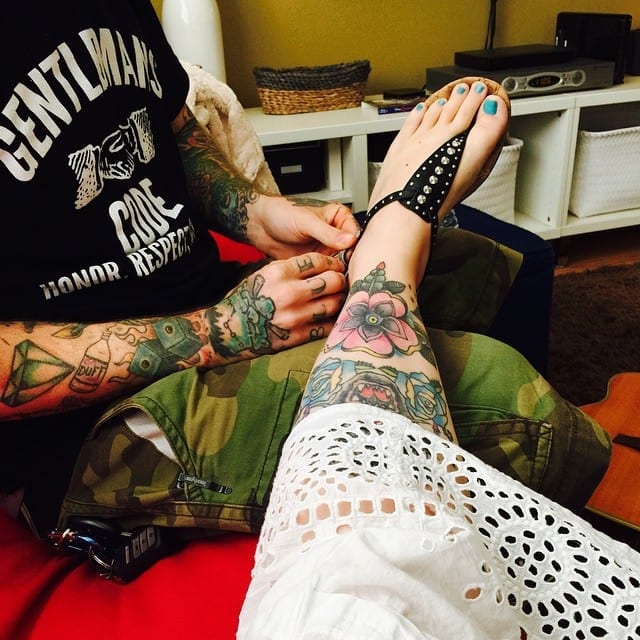


Leave a Comment